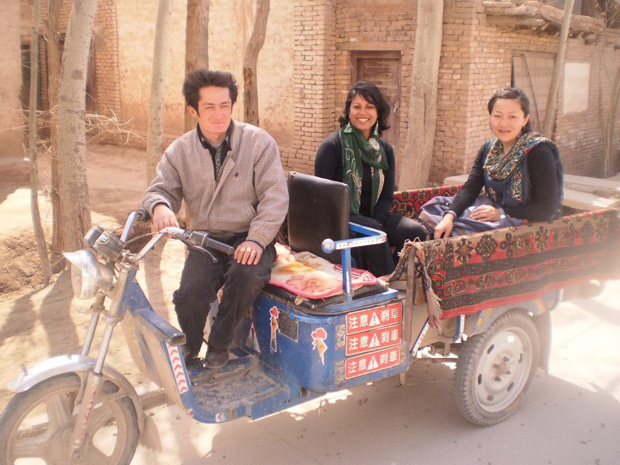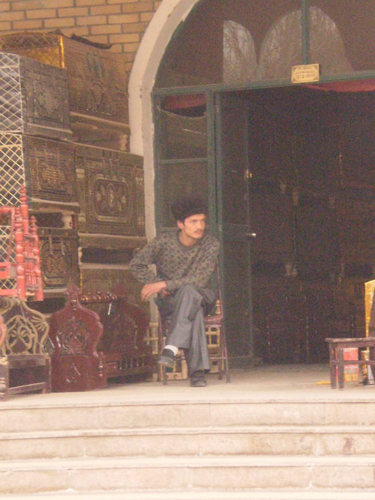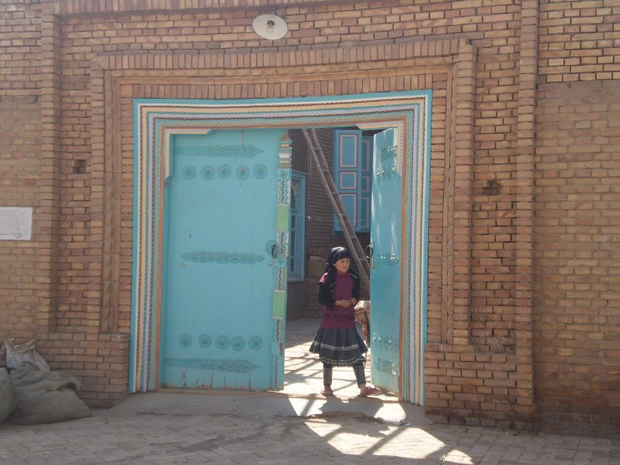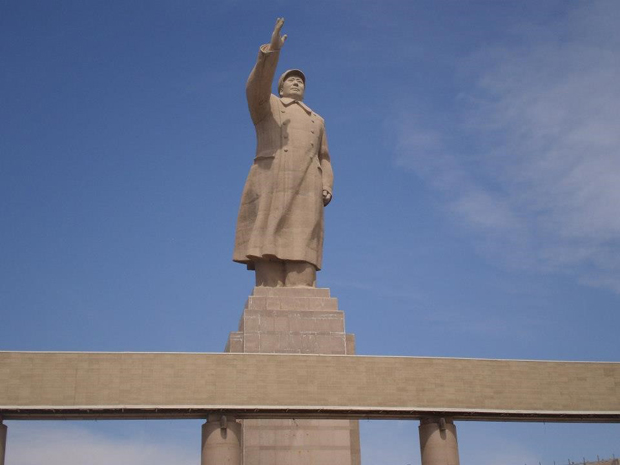Publicité
Back to ‘School’

Under the discourse of modernization, a government can give itself license to do many things. The Cultural Revolution in China destroyed key historical buildings and sites, wiping away centuries of civilization, albeit of a deeply inegalitarian nature. It also threw away the baby with the bath water as it razed remnants of the old and established new symbols of a new power. This process of cleansing and reinvention is an ongoing one.
During my five years of working in China between 2007-2012, I spent some time in Kashgar and Urumqi in Xinjiang, the Westernmost province of China, near the borders with Tajikistan, Kyrgyzstan, Afghanistan, Pakistan and India. Kashgar is a 2000 year-old Uyghur city where North and South Silk roads met for bustling trade. The historical and cultural richness of Kashgar is astounding, the beautiful faces of the people a palimpsest of different influences from Central and East Asia. The Uyghur are made up of 17 ethnic groups including Tajiks, Kyrgyz and Kazakhs, they have their own Turkic language, music, food and even their own unofficial time zone, two hours behind Beijing’s.
Unsurprisingly my experience of Xinjiang turned out to be a far-away country from the dangerous image depicted of it by the Communist Party. There were no signs of religious extremism and mosques were open to non-Muslims and women to visit. One of the most striking features was the old city, composed of labyrinthine adobe houses, Kasbahlike. The Chinese Government has thrashed out an aggressive Han immigration and one of ‘modernization’, replacing the old city with new buildings. The magic that had lured many to Kashgar is being replaced by an uniformisation and the pretense that the history of China started with the Communist Party and the Cultural Revolution. The old adobe city will disappear and with it a history and culture. What will last is one of the biggest statues of Mao in the middle of the city, serving as reminder of who rules even in the unwieldy parts of Muslim China.

The average Chinese is proud of the new, of the modern, of the ubiquitous malls, the high-raised, all signs of development, of moving forward collectively, of prosperity for a wider base. Where are the parallels with the demolition of the School in Mauritius?
Unique craftsmanship
There is no denying that the 250 year-old School, with a craftsmanship unique in the Indian Ocean, is an important part of our legacy and should have been saved. The intellectuals, the urban planners, the activists, the historians, the do-gooders do well by advocating and protesting about the School. But the connivance between political powers and the average Mauritian’s total disregard for the School is the overwhelming hammer that nailed the coffin in this case.
A series of deliberate actions to erase the past and to manufacture a new history is common to postcolonial countries. In Mauritius, this history is manufactured under the glory of two families and the Jugnauth are not the only ones. Similar can be said about the establishment of SSR as the beginning point of our history. Similar can be said about NCR’s, fortunately thwarted, previous ambitions to build a mega samadhi, of dimensions equal only to his own megalomania, in his dynastic honour. Fortunately, he was convinced to build this national monument elsewhere and without displacing key features of one of our biggest legacies, Pamplemousses Garden. There is place enough for all of our monuments.

To the average Mauritian, the School means very little. Most people have never heard of it. Our education, now with almost no history component, has not taught us about the monuments of our country, what they have meant, what they mean today, why they are part of our collective culture and patrimony. Our politicians have surfed on the colonial legacy of Divide and Rule. The leaders of socio-cultural organisations associated with all communities, religions and castes, have perfected this Divide and Rule, deepening the ignorance of many in order to better establish their own lobbying and often mercenary powers.
We must add to this the fact that the Ministry of Culture is nearly always put under the care of the weakest link of any government and is incapable of innovation. We see how politics continues to pigeonhole the population into increasingly small boxes thriving on our divisiveness. The demolition of the School reflects the dominant perception that culture is worthless unless it is an immediate valorization of one’s ethnicreligious- ancestral culture. It reflects the fact that our decision makers see culture as less important than the economy instead of seeing it as part of the economy. It demonstrates to what extent culture remains the ultimate tool of subservience.

And yet as discussed at length in a previous article on culture, Ministry of Culture : From Poubelle to Pillar? (l’expresss, 16th November 2015), history, arts and culture have the potential to provide our citizens with master-tools to enquire, create, disrupt, innovate. A national framework was co-written and proposed in this paper for the unleashing of the national cultural potential.
Yes, the destruction of the School is a huge loss to the country. It is a sign of the failure of our first Republic: it is as wicked as the denial of some that slavery ever took place.
Publicité
Publicité
Les plus récents






